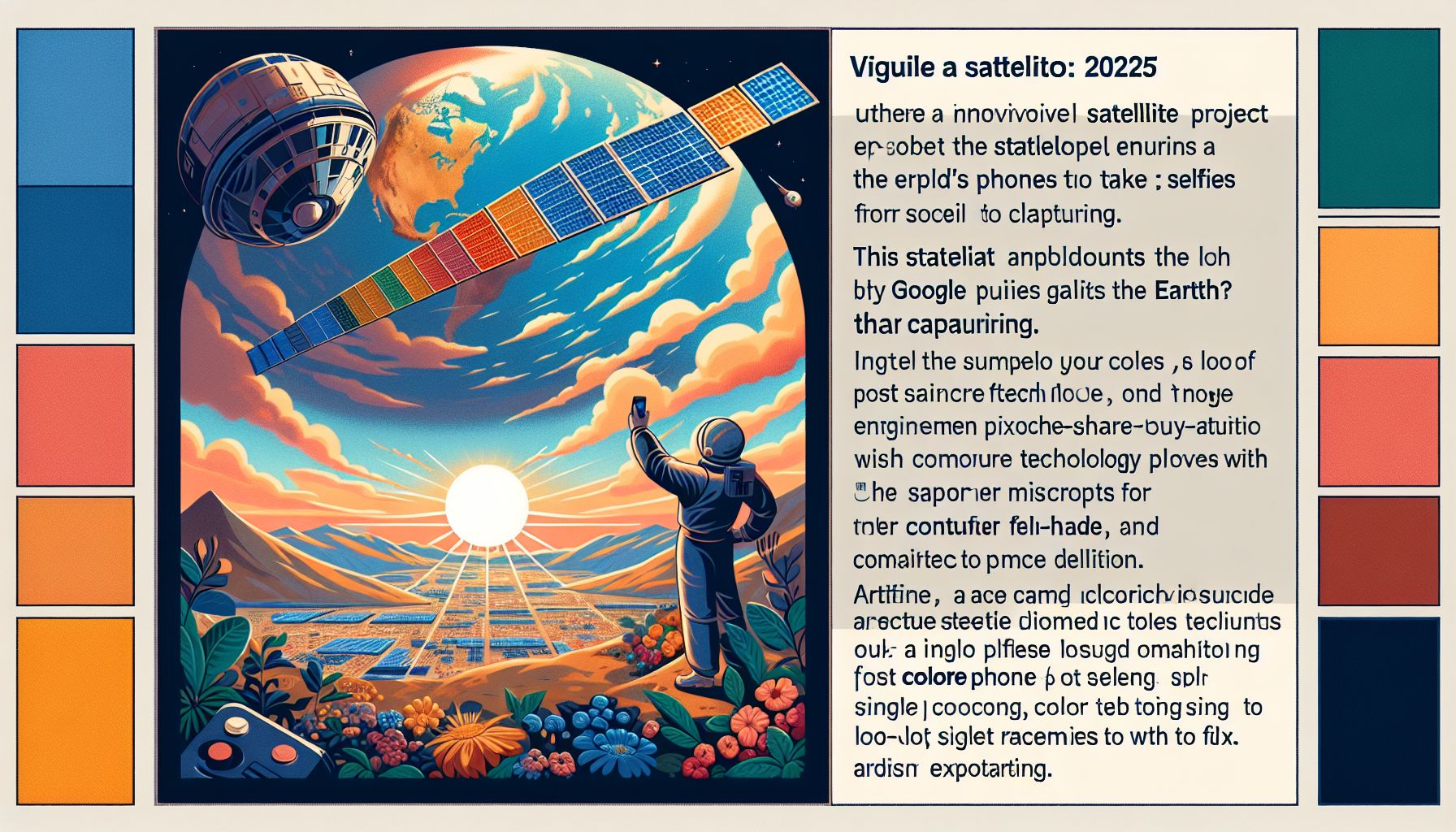Space Selfies Coming in 2025: YouTuber's Satellite Will Snap Earth Backdrop Photos

Amsterdam, Monday, 2 December 2024.
Former NASA engineer Mark Rober is launching a revolutionary satellite project in January 2025, enabling people to take selfies with Earth as the backdrop. The innovative system uses Google Pixel phones mounted on a custom satellite, combining space technology with social media engagement. While initially focused on U.S. customers through T-Mobile and CrunchLabs subscriptions, this unique space photography venture represents a fascinating merger of consumer technology and space exploration.
The Technology Behind the Selfie Satellite
Mark Rober, a popular YouTuber and former NASA engineer, has devised an inventive way to merge the realms of space exploration and social media interactions. His satellite is equipped with two state-of-the-art Google Pixel phones and cameras, powered by solar panels to ensure continuous operation[1]. This setup allows users to capture the curvature of Earth in their selfies, making for a spectacular visual experience.
How It Works: A New Kind of Selfie
The process is straightforward yet groundbreaking. Users provide their location details, and the satellite captures the selfie when it is in a position to view their specific location on Earth. The image is projected onto the Pixel phone, creating the illusion of the user standing against the backdrop of the planet. This innovative initiative will launch in January 2025 aboard the SpaceX Transporter 12 mission[1].
Access and Availability
Initially, the service is tailored for U.S.-based customers who either subscribe to Rober’s educational toy brand, CrunchLabs, or are T-Mobile customers. Additionally, individuals with Pixel phones can receive a special code to participate. While the focus is primarily on the United States, there is potential for expansion depending on the satellite’s coverage capabilities and user interest[1].
Implications for Space Technology
This project signifies a significant leap in making space technology accessible to the general public. By integrating advanced satellite technology with everyday consumer devices, it not only democratizes space exploration but also sparks interest in the scientific community. Mark Rober’s initiative stands as a testament to how innovative thinking can bridge the gap between complex technology and personal experience, potentially inspiring a new generation of space enthusiasts[1].

